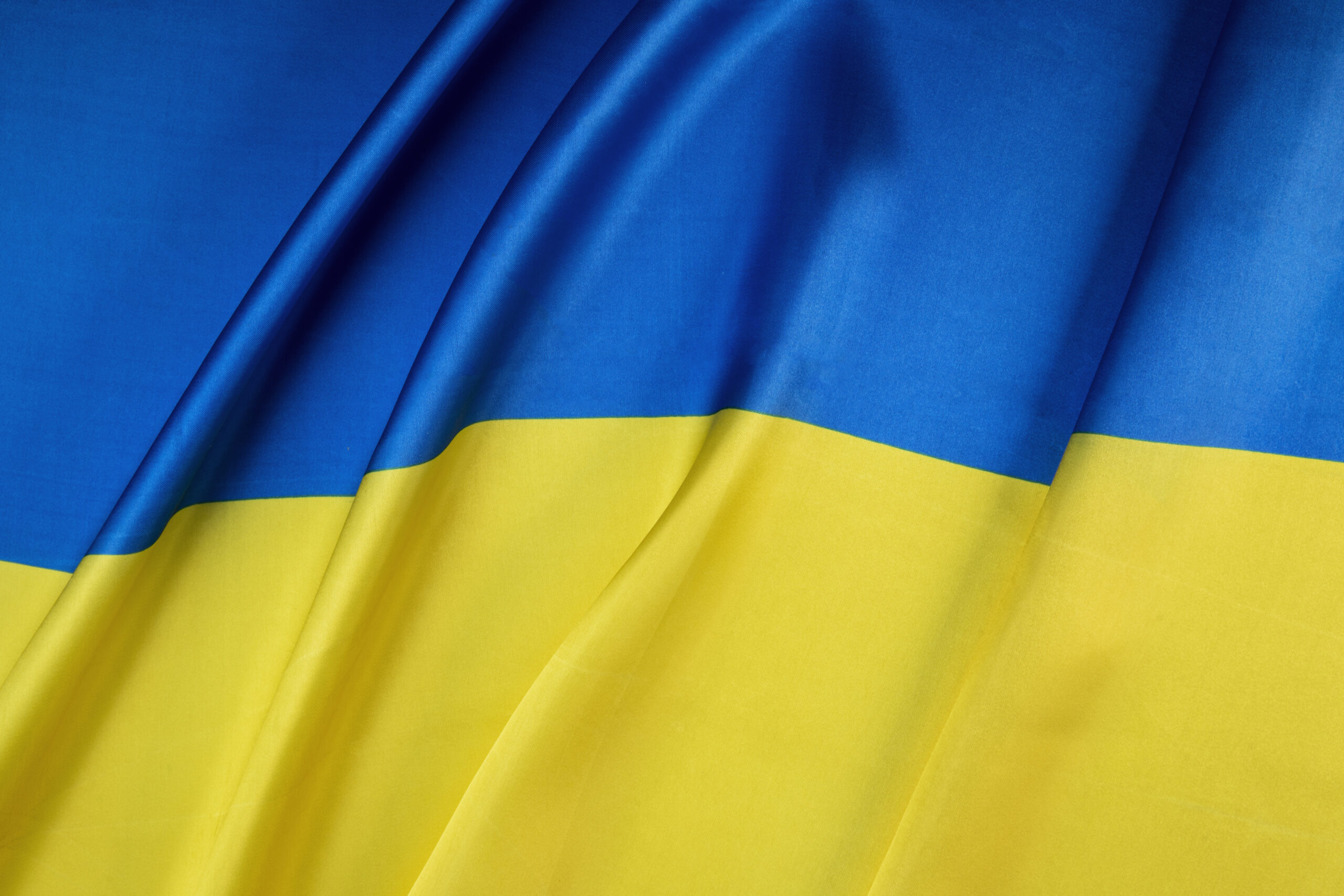
About Ukraine
Ukraine is a country in Eastern Europe. Excluding Crimea, Ukraine has a population of about 42.5 million, making it the 32nd most populous country in the world. Its capital and largest city is Kiev. Ukrainian is the official language and its alphabet is Cyrillic. The dominant religions in the country are Eastern Orthodoxy and Greek Catholicism. At 603,628 square kilometers and with a coastline of 2,782 kilometers, Ukraine is the world’s 46th-largest country. It is the largest wholly European country and the second-largest country in Europe. The climate is influenced by moderately warm, humid air coming from the Atlantic Ocean. Average annual temperatures range from 5.5–7 °C (41.9–44.6 °F) in the north, to 11–13 °C (51.8–55.4 °F) in the south. Precipitation is disproportionately distributed; it is highest in the west and north and lowest in the east and southeast.
Other Important Details
- What is the main religion followed; Eastern Orthodoxy and Greek Catholicism
- What is the currency; Ukrainian Hryvnia (₴) (UAH)
- What is the official language used; Ukrainian
- Climate ; Average annual temperatures range from 5.5–7 °C in the north, to 11–13 °C in the south.
- Capital; Kiev
Relationship with India
Diplomatic relations between India and Ukraine were established in January 1992. Indian Embassy in Kiev was opened in May 1992 and Ukraine opened its Mission in New Delhi in February 1993. The Consulate General of India in Odessa functioned from 1962 till its closure in March 1999.
More than 17 bilateral agreements have been signed between India and Ukraine, including agreements on Co-operation in Science and Technology, Foreign Office Consultation, Co-operation in Space Research, Avoidance of Double Taxation and Promotion and Protection of Investments.
India has friendly relations with Ukraine. Annual Foreign Office consultations are held at Secretary level. The Deputy Foreign Minister in charge of the Asia region represents the Ukrainian side in these consultations. Ukraine has been positively co-operating with India at the international level also. Ukraine supports the resolution of the issue of Jammu & Kashmir on the basis of Shimla agreement. Ukraine also supports reforms of the UN structure.
India Ukraine trade relations have been developing at a very fast pace. There has been a threefold increase in the India Ukraine trade during 2003-2005 and it has exceeded US$1 billion. Ukraine imports from India have doubled and stand at US$3,214 million in 2006, while Ukraine exports to India have increased by 3.6 times and stands at US$7,369 million in 2006. The total turnover in India Ukraine trade during 2005-2006 has exceeded US$3.1 billion (as of January, 2014). The main items being imported by Ukraine from India are drugs, pharmaceutical production,Ores and minerals, tobacco products, tea, coffee, spices, silk and jute. The main items imported by India from Ukraine are chemicals, equipment, machines and engines.
After Russia, Ukraine is India’s second largest trading partner in the Commonwealth of Independent States (CIS).
Ukraine Climate
Ukraine has a mostly temperate climate, with the exception of the southern coast of Crimea which has a subtropical climate. The climate is influenced by moderately warm, humid air coming from the Atlantic Ocean. Average annual temperatures range from 5.5–7 °C (41.9–44.6 °F) in the north, to 11–13 °C (51.8–55.4 °F) in the south. Precipitation is disproportionately distributed; it is highest in the west and north and lowest in the east and southeast. Western Ukraine, particularly in the Carpathian Mountains receive around 1,200 millimeters (47.2 in) of precipitation annually, while Crimea and the coastal areas of the Black Sea receive around 400 millimeters (15.7 in).
The climate of the Ukraine can be described as dry and continental influenced climate with warm, dry summers and fairly severe winters. January is the coldest month with daytime temperatures usually around 0°C, but in some cases winter months can be quite colder with temperatures far below zero, about -20°C or lower and strong, cold northeasterly winds, called Bora. Heavy snowfall or even snowstorms are also possible on some days. There are more than 290 sunny days in the year. Since Odessa region is drawn out along the meridian, the climate in the narrow – 30-40 km. – stretch along the coast is practically ideal, with the soft tang of the sea mixing with the dry climate of the steppe further inland.
In summer daytime temperatures reach 25-30°C, but sometimes quite higher, 35°C or more, especially in the inland areas. The summer months enjoy dry weather with sunny spells most of the time, rain often falls with sometimes heavy Thunderstorms, but mostly along the coastal areas of the Black Sea. These Thunderstorms often occur at the end of the day. July is the warmest month with an average Temperature of 24°C. Annual Precipitation is about 400-600 mm, but lower in the inland areas of the Ukraine.
Generally, the weather is best in May-September, when days are warm and the nights are cool, although it rains more in Spring than in summer. Autumn and Winter are usually a little chilly and wet along the coastal areas of the Black Sea, and dryer further inland.
Temperature Month Wise
Month | Average Max Temperature | Average Min Temperature |
January | -4 °C (24.8 °F) | -10 °C (14 °F) |
February | -2 °C (28.4 °F) | -8 °C (17.6 °F) |
March | +3 °C (37.4 °F) | -4 °C (24.8 °F) |
April | +14 °C (57.2 °F) | +5 °C (41 °F) |
May | +21 °C (69.8 °F) | +11 °C (51.8 °F) |
June | +24 °C (75.2 °F) | +14 °C (57.2 °F) |
July | +25 °C (77 °F) | +15 °C (59 °F) |
August | +24 °C (75.2 °F) | +14 °C (57.2 °F) |
September | +20 °C (68 °F) | +10 °C (50 °F) |
October | +13 °C (55.4 °F) | +6 °C (42.8 °F) |
November | +6 °C (42.8 °F) | 0 °C (32 °F) |
December | -1 °C (30.2 °F) | -6 °C (21.2 °F) |
